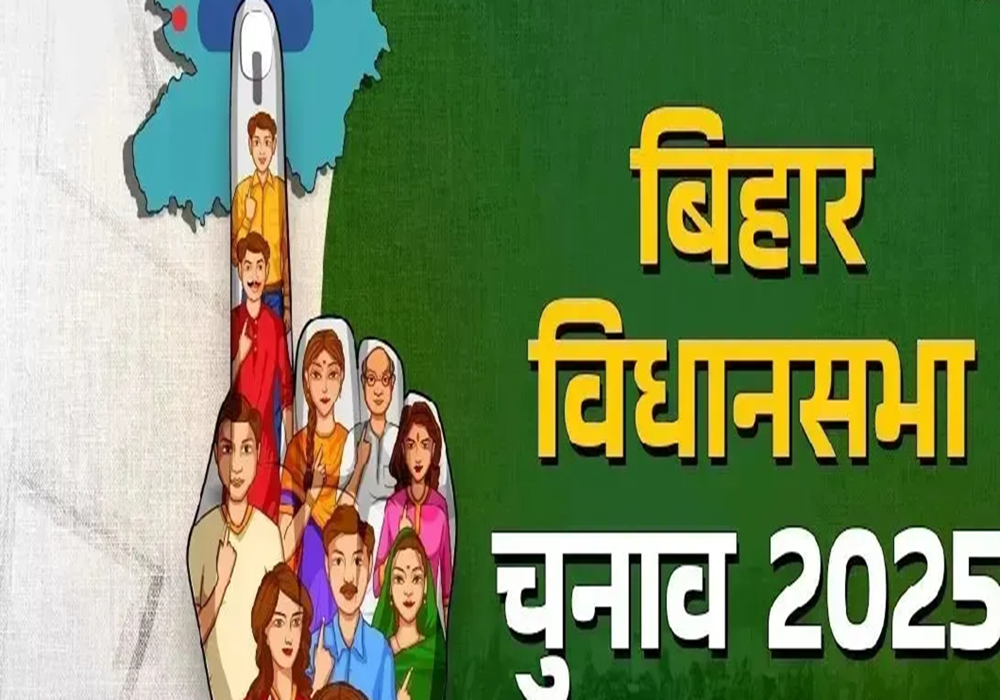The Bihar Election 2025 and the Record-Turnout

Across the two-phase assembly polls held on 6 and 11 November 2025, voters turned out in numbers, and this has not been seen since independence. The overall turnout reached approximately 67%, the highest in the state’s history.
And yes, women led the way. Their ballot boxes were brimming, their voices audible in long, patient queues.
Women Voters Took the Lead
Women turned out in a big way in many districts, in fact, surpassing men in numbers. Early data suggest that around 71.6% of women voters cast their ballots compared to about 62.8% among men.
In the first phase, for instance, women turned out at around 69.04%, men at about 61.56%. In the second phase, women were at 74.03%, men at 64.10%.
Someone on the ground might say: “It felt like the women of Bihar decided: we’ll be seen, we’ll be heard.”
Union minister Nitin Gadkari called this “historic”. He said:
“The way people of Bihar have given support to the NDA is historic. The people of Bihar have shown their support for the development done by the double-engine government… The work done under the leadership of PM Modi and Nitish Kumar has been successful in the last 10 years, and the public has made us victorious. I want to thank the people of Bihar for this,” said Union minister Nitin Gadkari.
Why This Turnout Mattered
The high participation, especially by women, changed the game. Here’s how:
- Parties had long counted on caste equations, alliances, and identity politics. But what we’re seeing this time is a fresh axis of influence: women + empowerment. Analysts describe it as the emerging “ME” wave (Mahila + EBCs) supplanting the older “MY” (Muslim-Yadav) equation in Bihar’s politics.
- The governing alliance, the National Democratic Alliance (NDA), leaned heavily into this. Welfare schemes targeting women, such as direct benefit transfers and women-entrepreneur supports, were central.
- When you have a record turnout, especially by a demographic that wasn’t so vocal before, the signal is loud: “We matter, hear us”. For many women in rural Bihar, it wasn’t just about voting: it was about expression, identity, and acknowledgement.
What the Results Are Signalling
By mid-afternoon on result day, vote trends are already in the NDA’s favour. Leads in the 243-seat assembly tally were showing the NDA comfortably ahead; this is far beyond the 122-seat majority mark.
Within the alliance:
- Bharatiya Janata Party (BJP) is set to emerge as the largest single party.
- Janata Dal (United) (JD(U)), led by Nitish Kumar, is also showing a strong comeback.
The opposition Mahagathbandhan (MGB), which includes Rashtriya Janata Dal (RJD) and allies, has been unable to make a significant impact so far. Their tally is shown as being stuck in the 30s in early leads.
Main Wins and Losses
Some stories stand out:
- In the Alinagar seat, BJP’s youthful candidate Maithili Thakur is ahead by a comfortable margin, saying, “I never doubted the result would be like this.”
- In Muslim-dominated constituencies that are known to be strong for opposition, it’s surprising that the NDA has a great gain, flipping the seats and removing the opposition’s base.
- Meanwhile, the Jan Suraaj Party is struggling to stay competitive. He does not appear in the early seat charts, and where he is visible, he has no impact. The failure to land a strong challenge in the competitive space might be deeper problems, whether organisational, strategic, or messaging-based.
Voices from the Ground
One woman in a polling booth in rural Bihar said quietly but with conviction — “I came early. My daughter waited. I cannot be left behind anymore.” Another remarked: “For years they told us we vote, now we vote and we are asked.”
And a senior Congress leader from the opposition, Ashok Gehlot, visibly frustrated with the Bihar election 2025, accuses the ruling side of misuse of money. He commented publicly: “Bihar results are disappointing, there is no doubt about it. The kind of atmosphere I saw there, women were being given Rs 10,000 each, even while the campaign was underway. The EC remained a mute spectator. Why didn’t it stop this? It should have, but it didn’t,” he added that the outcome shows Rahul Gandhi’s charge of “vote chori.”
The Broader Takeaway
Demographic change is more enduring than any campaign slogan. Women voters, younger voters, EBC (Extremely Backward Class) constituencies, these are not flip-switches for a moment. They reflect years of policy, culture, and social shifts.
The ruling alliance’s strategy spoke about welfare and law-and-order; the opposition tried to frame it as “vote theft” or misuse of money. However, the people in charge are putting their best to ensure a free and fair election. As leader, Tejashwi Yadav said, “It will be a people’s victory. We are willing. Change will come. We are forming the government,” Mr. Tejashwi




